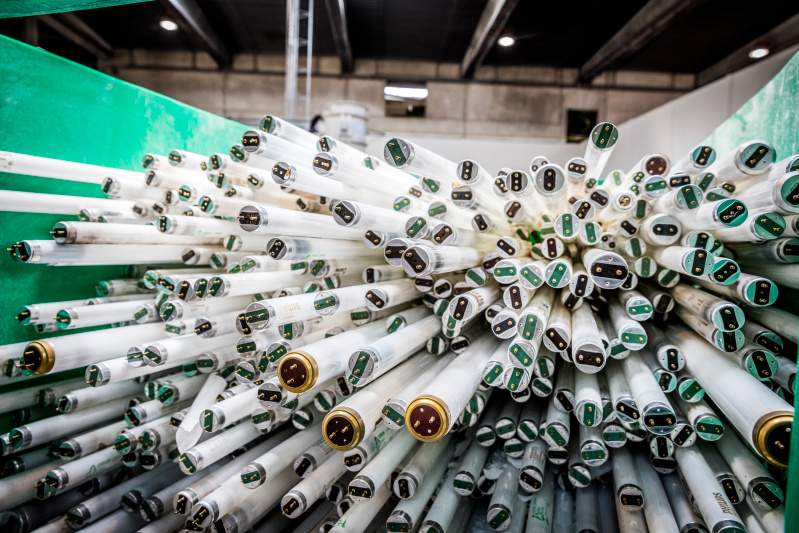Did you know Waste arising from Electrical and Electronic Equipment (WEEE) is the fastest growing waste stream in the UK.
Regulations for the control of Waste arising from Electrical & Electronic Equipment (WEEE) came into force 2nd January 2007, with full responsibility for the treatment and recycling of the waste on 1st July 2007.
WEEE items must only be treated at an approved authorised treatment facility and must undergo a de-pollution treatment.
What do the WEEE Regulations do?
The WEEE Regulations aim to:
- Reduce waste from Electrical & Electronic
- Equipment (EEE)
- Encourage separate collection of WEEE
- Encourage treatment, reuse, recovery, recycling and sound environmental disposal of EEE
- Make producers of EEE responsible for the environmental impact of their products
- Improve the environmental performance of all those involved during the lifecycle of EEE
What equipment is included in the WEEE regulations ?
There are ten categories included in the WEEE regulations:
- Large household appliances
- Small household appliances
- IT & telecommunications equipment
- Consumer equipment
- Lighting equipment
- Electrical and electronic tools
- Toys, leisure & sports equipment
- Monitoring & control equipment
- Medical devices
- Automatic dispensers
How does the WEEE Regulations affect you?
The de-pollution and recycling of WEEE incurrs additional costs to process. These costs need to be recovered from the producer of the waste. Commercial customer need to be aware that certain WEEE i.e. fridges are classified as hazardous waste and will require a consignment note to transport
For more information on WEEE or for rates on recycling please call our sales team
 Request a booking
Request a booking
 01202 620077
01202 620077
